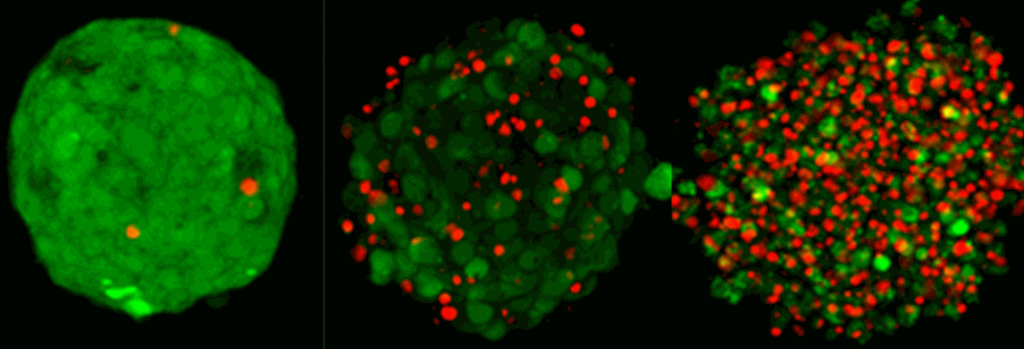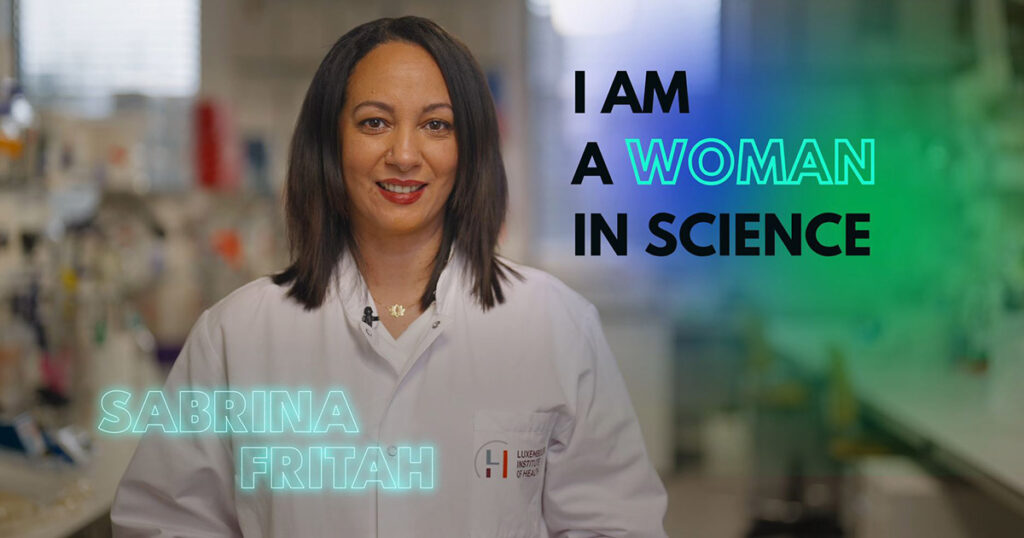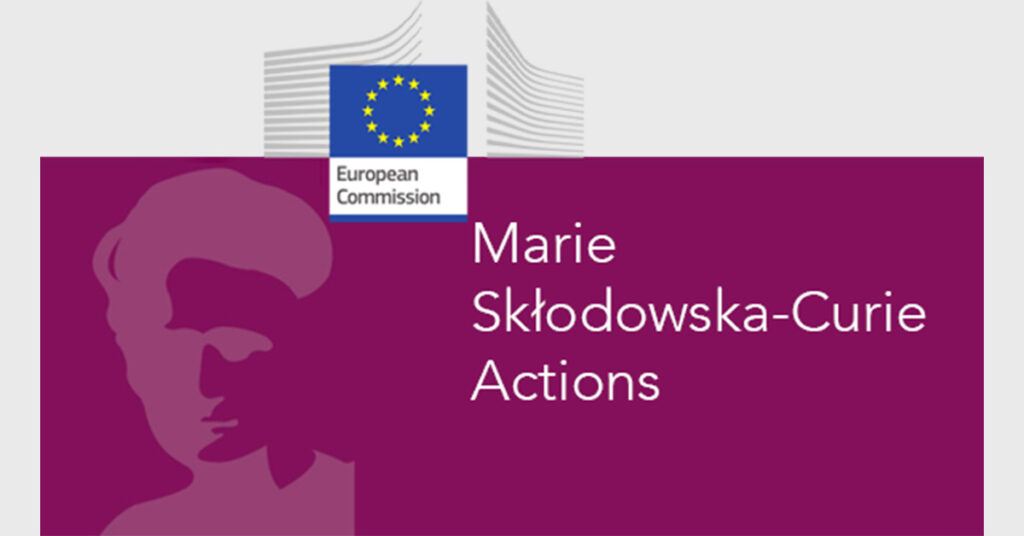Press Release
LIH to lead European Project on Treatment Resistance in Deadly Brain Tumours
The PLASTIG project on glioblastoma kicks off

Recognising the urgent need to understand the resistance mechanisms underlying glioblastoma (GBM), the EU-driven Horizon 2020 TRANSCAN-3 programme has decided to fund a multinational project coordinated by the NORLUX Neuro-Oncology Laboratory at the LIH. The project, known as PLASTIG (Tackling tumour heterogeneity and PLASTIcity as resistance mechanisms in Glioblastoma), aims to unravel the complex and elusive mechanisms that enable GBM to resist treatment, paving the way for the development of more effective therapies. The activities performed in Luxembourg under the project will be supported by the Luxembourg National Research Fund (FNR).
Glioblastoma (GBM), the most aggressive type of primary brain tumour, continues to pose a significant challenge in the field of oncology. Despite the existence of treatments such as surgery, radiation, and chemotherapy, the majority of GBM patients succumb to the disease within 18 months. The survival rate beyond five years is a mere 5.7%, making GBM one of the most difficult cancers to treat. The standard chemotherapy treatment, temozolomide (TMZ), provides limited benefit, and targeted therapies have shown little to no clinical advantage for GBM patients.
Unlike other tumours, GBMs do not regularly acquire new mutations when given treatment. However, recent research has shed light on the remarkable plasticity of GBM cells, which underscores their ability to adapt to their microenvironment and adopt treatment-resistant states upon treatment administration. However, the exact role of tumour plasticity in treatment resistance and the associated mechanisms are poorly understood, and a comprehensive analysis of GBM at the single-cell level in a spatial context is necessary to understand the changes that occur during recurrence.
In this context, the PLASTIG project aims to address these knowledge gaps and investigate the molecular mechanisms that allow GBM to adapt and resist to treatment over time and in specific locations within the tumour. To do this, the researchers will utilise spatial transcriptomics techniques, which enable the analysis of changes in patients’ tumours before and after treatment. Furthermore, patient-derived preclinical models will be employed to assess the dynamic adaptation of GBM cells to treatment in a controlled laboratory setting. State-of-the-art machine-learning approaches will also be applied to find novel biomarkers of resistance and regulators of plasticity, thereby identifying new combinatory treatment strategies which will be further validated in efficacy studies.
“The PLASTIG project aims to provide a better understanding of the role of plasticity in GBM resistance and uncover novel therapeutic targets for next-generation combination treatments. Furthermore, we are also looking to identify biomarkers that can predict treatment response in order to advance personalised therapies,” states Dr Anna Golebiewska, lead coordinator of the project and head of the NORLUX Neuro-Oncology Laboratory.
With GBM recurrence being an inevitable challenge for patients, and the prevalence of GBM expected to rise due to an aging population, the PLASTIG project represents a crucial step towards improving the understanding of treatment resistance mechanisms. Through its innovative research approach, we aim to unlock new avenues for effective treatments that could significantly affect the lives of GBM patients and their families.
concludes Dr Golebiewska.
Funding and collaborations
The PLASTIG consortium, coordinated by the LIH, includes the Paris Brain Institute, the University of Freiburg and the Royal College of Surgeons in Ireland. It brings together interdisciplinary expertise in advanced computational approaches, single-cell analysis, and spatial image analysis, which will enable ground-breaking research beyond what is currently available.
PLASTIG is financed through the EU-funded TRANSCAN-3 project, an initiative bringing together 31 funding organisations from 20 countries, including Luxembourg’s National Research Fund (FNR), with the common goal of supporting high-impact translational cancer research through cross-national joint calls for proposals, leveraging international and interregional cooperation.
About the Luxembourg Institute of Health (LIH)
The Luxembourg Institute of Health (LIH) is a public biomedical research organization focused on precision health and invested in becoming a leading reference in Europe for the translation of scientific excellence into meaningful benefits for patients.
LIH places the patient at the heart of all its activities, driven by a collective obligation towards society to use knowledge and technology arising from research on patient derived data to have a direct impact on people’s health. Its dedicated teams of multidisciplinary researchers strive for excellence, generating relevant knowledge linked to immune related diseases and cancer.
The institute embraces collaborations, disruptive technology and process innovation as unique opportunities to improve the application of diagnostics and therapeutics with the long-term goal of preventing disease.







